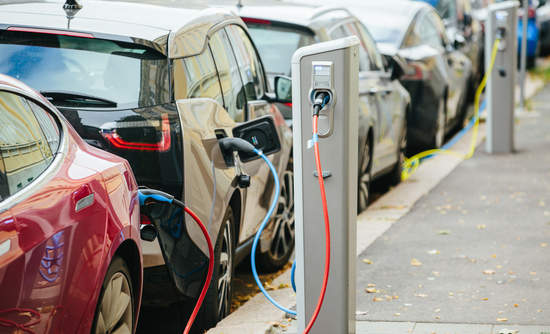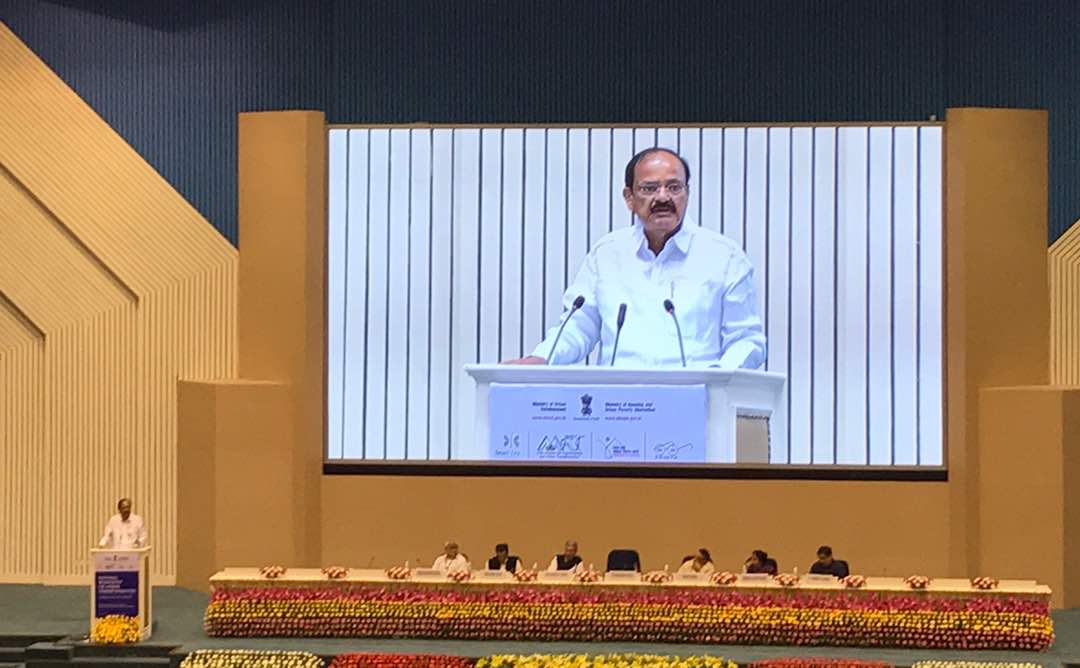
 Devender Singh, Principal Secretary, Power Department, Government of Haryana; Chairman, Haryana Tower Utilities
Devender Singh, Principal Secretary, Power Department, Government of Haryana; Chairman, Haryana Tower Utilities
Please tell us about the initiatives that are being undertaken to ensure that people in Haryana have access to round the clock electricity?
The department’s work is to create the necessary infrastructure for providing reliable and uninterrupted power to all categories of consumers at optimum price. We are working to improve our infrastructure to cater to the load growth that is taking place in rural, urban and Industrial-commercial segments. The focus has to be not only on arranging the much needed supply of electricity, but also to provide adequate infrastructure for generating the power. We have prepared an integrated plan for next three years where, depending on the load growth projections for various categories of consumers, we have planned the infrastructure augmentation that needs to be done. We have tied up with various resources of funding ranging from international funding and domestic financial institutions. Close to Rs 8000 crore will be invested in Haryana’s electricity sector in the next three years. This investment will help us in developing infrastructure for ensuring that there is an effective system in place for evacuating the power that is generated. Our ultimate aim is to give consumers high quality round the clock power.
What are the sources from which you are procuring the electricity for supply in Haryana?
The state has its own power generation company – the Haryana Power Generation Corporation Ltd (HPGCL). HPGCL came into existence on August 14, 1998 for bringing excellence in power generation in the state‘s own generating stations. In addition, it has been entrusted with the responsibility of setting up of new generating stations in order to keep pace with the ever-increasing demand of power. HPGCL has an ambitious plan to add sufficient generating capacity in the state in order to bridge the gap between demand and supply. Two units of 300MW each were commissioned during FY 2008-09 at Deenbandhu Chhotu Ram Thermal Power Plant at Yamuna Nagar. Two more units of 600MW capacity each at Rajiv Gandhi Thermal Power Plant, Khedar, Hisar, were commissioned in a record period of 43 and 49 months respectively. The Haryana Power Generation Corporation Ltd. (HPGCL) has embarked on a mission to establish itself as a modern, growth oriented organization and to make its presence felt in the country’s dynamic power sector. We also source power from other companies to take care of the state’s power needs.
” We have an ambitious plan to add sufficient generating capacity in the state”
Please tell us about the status of some of the major power plants in your state?
The power stations at Panipat, Yamuna Nagar and Hisar are giving excellent performance and have broken all previous records of efficient generation. We have an ambitious plan to add sufficient generating capacity in the state in order to bridge the gap between demand and supply. Two units of 600 MW capacity each were commissioned by HPGCL in a record time at Rajiv Gandhi Thermal Power Plant, Khedar, Hisar. An additional 660MW unit with supercritical technology is being set up at Yamuna Nagar, as an expansion of the existing coal based 2×300 MW DCRTPP Yamuna Nagar. HPGCL is also coordinating the activities of a 1500MW project at Jhajjar, which is being developed as a joint venture between NTPC, Government of Haryana and Government of Delhi. Then, there is the 1320 MW coal-based thermal power plant at Jhajjar which is being developed by CLP Power India Limited. Also I would like to point out that today, the discoms have been told that they have to procure power through a competitive bidding process. So, the state can also procure power from outside, if it is at optimal cost. Transmission losses are quite high in the country. The R-APDRP scheme has also been launched to curb such losses.
Your department has been taking measures to install smart meters for accurately measuring the electricity consumption of consumers. Please tell us about this project.
I strongly believe that the use of Information and Communication Technology is very crucial in the electricity sector, especially in the distribution sector. A total of only 3 percent of our consumers consume 65 percent of the total energy in the state, so any measure to check electricity losses will have to concentrate on this category of high-consumers. Manual meter reading and billing are the major sources of revenue leakage. Measures are being taken to completely eliminate manual intervention in meter reading in case of high-consumers of electricity. The system for automatic meter reading (AMR), billing and regular data analysis is being introduced in phases. In case of AMR, there is no human intervention, and it is possible to have a close watch on the electricity consumption. It also ensures accurate billing. For consumers above 10-KW of connected load, automatic meter reading (AMR) has been initiated. For the other consumers below 10-KW load, meters with optical port, facilitating reading through CMRI, are being procured so as to eliminate manual meter reading and plug revenue leakage. Remote reading through data concentrator units is also being planned.
| Future Electricity Projects in Haryana• 1500 MW Gas based project at Faridabad• 660 MW capacity additional super critical thermal unit at Yamuna Nagar as an extension of 2×300 MW DCRTPP, Yamuna Nagar
• 2800 MW (4×700 MW) nuclear power plant in district Fatehabad near Village Gorakhpur – site stands identified by Nuclear Power Corporation of India. Government of India has approved the setting of this Nuclear Power Project in Haryana during October 2009 • Setting up of 6.5 MW Grid Interactive Solar Power Project on its own land adjacent to Power House-D at WYC Hydel Electric Project at Yamuna Nagar, as a pilot project • Coal block at Marato-Mahan in MP with estimated coal reserves of 956 million tonnes allocated jointly to HPGCL and Delhi Government |
Rajiv Gandhi Grameen Vidyutikaran Yojana (RGGVY) has been launched for enabling the remote villages to have access to electricity. What is the state of implementation of this project in Haryana?
RGGVY is basically meant for the electrification of the un-electrified villages. It is also meant to enable intensive electrification in states where some amount of electrification has already been undertaken. Under RGGVY, electricity distribution infrastructure is envisaged to establish Rural Electricity Distribution Backbone (REDB) with at least one 33/11KV sub-station in a block, Village Electrification Infrastructure (VEI) with at least a distribution transformer in a village or hamlet, and standalone grids with generation where grid supply is not feasible. Subsidy towards capital expenditure to the tune of 90 percent is being provided, through Rural Electrification Corporation Limited (REC), which is the nodal agency for implementation of the scheme. Electrification of un-electrified Below Poverty Line (BPL) households is being financed with 100 percent capital subsidy. More than 90 percent of the money which we got under Rajiv Gandhi in the 10th and 11th Five Year Plan has been utilized and the BPL connections have already been provided.





















